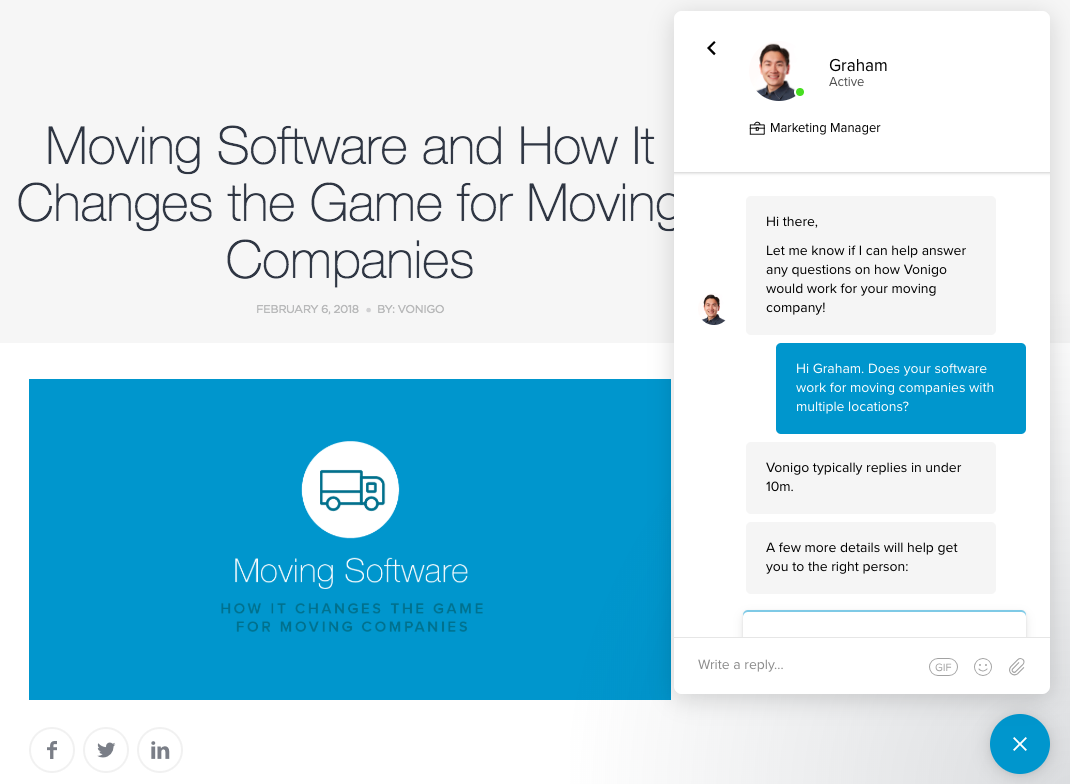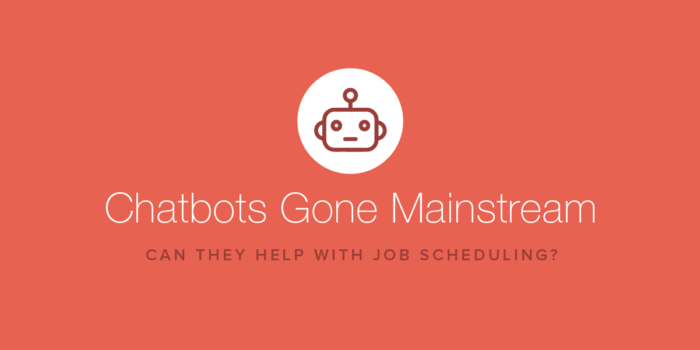How to Use Live Chat to Improve Your Customer Service
- June 7, 2018
- By: Vonigo
We live in a fast-paced world, where customers want instant gratification. Live chat is a great way to make your company available instantly and to improve your customer service.
Here are a number of ways that you can use live chat to offer better customer service, and even close more sales or bookings.
Automation is Your Friend
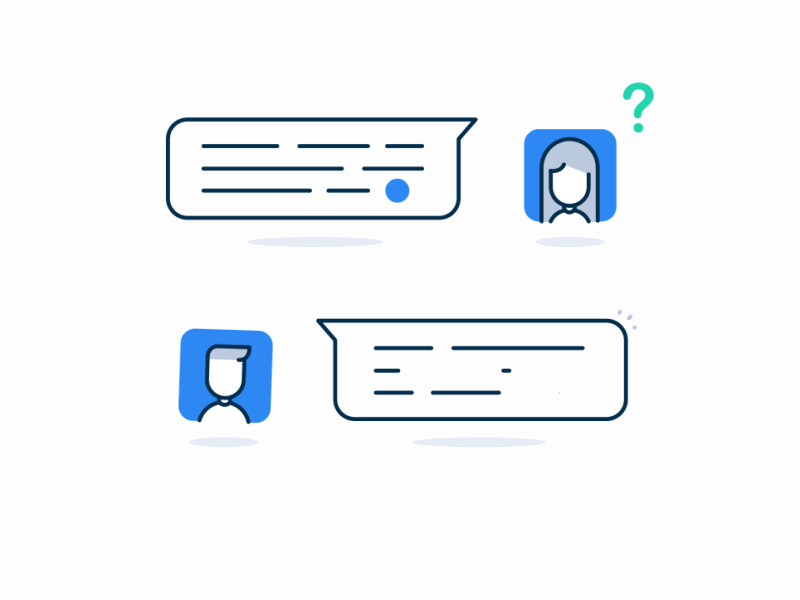 By using a certain amount of automation, you can appear to be proactive, but you really only need to engage after a customer does. You can set a live chat widget to trigger based on a website visitor’s actions. Like if they spend a certain amount of time on your site or visit a certain page. Here’s an example of what we are talking about:
By using a certain amount of automation, you can appear to be proactive, but you really only need to engage after a customer does. You can set a live chat widget to trigger based on a website visitor’s actions. Like if they spend a certain amount of time on your site or visit a certain page. Here’s an example of what we are talking about:
- A visitor comes to your site
- Your live chat window is set for 45 seconds. They stay past that, and it pops up (automatically)
- The live chat window shows one of your friendly reps with an offer to answer any questions
- The visitor proceeds to type a question into the chat, which alerts the rep
- Only then does the rep have to take the action of replying, and engaging in a conversation
Using Live Chat to Close Sales or Bookings
Getting one’s questions immediately can be a significant factor in customer satisfaction. Consider the difference between making someone wait several hours or even more than a day, to being able to provide them with the answers they are looking for instantly.
When done right, what starts as a more passive live chat experience on your website, can transform into a sales “call.” While many people prefer to use text and online booking to complete transactions these days, almost all of us prefer to have someone do work for us.
“Do you want me to go ahead and book that for you?” can be an incredibly powerful closing question that helps convert a website visitor into a booked customer. Taking the hassle away from them and handling the booking with a live rep can massively increase the conversion rate of your website and online booking form.
Live Chat Support
Not only can you use live chat for qualifying and closing leads, but you can also use it for support. In fact, even though a chat starts with one rep, it can always for forwarded to another.
If the visitor is looking for support with an issue they are having or has questions relating to work that you have already done, you can use live chat to direct them the right department.
Make the Time
It requires an investment of time to offer that level of service to website visitors. The status quo these days is to have customers send emails looking for help, only to have to wait to get an answer.
With live chat, you can increase your customer satisfaction considerably. That could lead to more favorable reviews, which could lead to an increase in bookings. Offering help via live chat is a great way to differentiate your business from the competition.
Chat Directly on Your Website
When someone visits your website, it’s common for them to have questions. About your service, about prices, about your availability—about any number of things. It’s also common for them to want answers immediately, without having to read through your website to find them.
Visitors who are invited to chat are 6.3 times more likely to convert than ones who don’t chat.
For that reason alone, making some form of live chat available on your site is worth the investment of time (and cost). Whatever solution you choose, the key is to make sure you can respond in a timely fashion, or be transparent about when a customer can expect a response from you.
Facebook Messenger
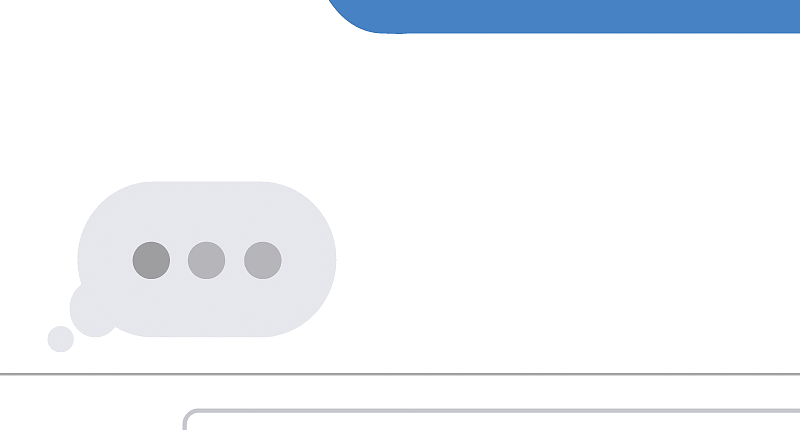 The easiest and lowest cost option for live chat is Facebook Messenger. There are three ways to include Messenger on your website:
The easiest and lowest cost option for live chat is Facebook Messenger. There are three ways to include Messenger on your website:
1. With a link to your Facebook Page’s Messenger account
The simplest way is to use an HTML or javascript link that will link to your Messenger account. Even if they have an ad blocker installed that prevents all forms of popups, your link will appear, offering an “always on” link to Messenger.com, where they can send you a chat.
2. With a Messenger button on your website
Similar to adding a link, except in this case you can customize the look of the button.
3. With a live chat window right on your site
For best results, you can embed the Facebook Messenger box right on your site, and allow visitors to type queries right into the chat box. It also gives them the ability to “Like” your Page with a single click, right from the chat dialog. This is incredibly handy for visitors, as many will already be logged into Facebook.
When to Use Facebook, and When Not To
Facebook Messenger has its disadvantages. You don’t have any context for where the chat is coming from. For example, whether the customer is asking the question from the chat window on your pricing page, your homepage, or your Facebook Page, you may never know.
For that reason, many companies choose to use a specific chat tool on their website, so they have context, more controls, and more options for follow up.
It’s still a good idea to use Facebook Messenger on your Facebook page itself. You can save your customer a lot of clicks by answering their question without them ever having to leave Facebook. If they discovered you via a social share or a Facebook recommendation from a friend, that can be a powerful way to make a fan out of them.
Intercom, and How We Use It
Intercom is our tool of choice for live chat, for a number of reasons. For one, it lets a visitor ask their first question anonymously. This is great for when someone isn’t ready to reveal their identity yet. Intercom assigns them a nickname (a color and a noun, like Yellow Lantern) so you can keep track of multiple chats without confusion.
Another handy feature of Intercom is that it gives customers a chance to “leave a message.” It’s handy if they happen to try to engage with you outside of your usual office hours. They can leave their name, email address and even phone number, so you can follow up later.
Customize the Experience
The real strength of Intercom is that you can have customized messages on certain pages, or have them triggered by a certain action on your website. Case in point: Intercom’s own website. When you check out the products page, a message from a rep pops up: “Hi there, I noticed you’re checking out our support products…”
You can also pass all of your social media messages through Intercom, and sync all of the data from your interactions with Salesforce.
When you have a complete record of every interaction with your customers starting from the very first question they asked in a chat on your website, that can make for some very effective customer service indeed.
Reduce the Workload with Chat Macros
What’s a macro? It’s a simple command that triggers an automated, predefined text. When you’re using a chat tool and dealing with customers, a lot of phrases are going to be reused often.
Let’s say you’ve got a chat tool like Intercom or Userlike on your website. It’s set to trigger when a visitor lands on your booking or pricing page. It automatically greets your guest by saying: “Hi there! Do you have a question about booking that I can help with?”
When the visitor responds, that’s when your rep will start a conversation that they’ve had many times before. The customer types a question into the chat: “I’d like a quote for carpet cleaning.”
Macro Names, Macro Text
In the example above, your rep can use a macro to save time. By setting up a macro name — let’s use ‘where’ as an example, they can trigger the macro text: “Where are you located?” When you get a response, hit them with a follow-up, like ‘area’ to trigger “How many square feet of space do you need to be cleaned?”
See how easy that is? The rep has typed just two words and is meanwhile having a full conversation and receiving the response they need to price the job accurately.
Pro tip: Your smartphone supports macros too, so you can use them at work or in your personal life to save time. Some handy ideas: Use ‘omw’ to unpack as “On my way!” or ‘iam’ for “Can’t talk right now, I’m in a meeting.”
Other Live Chat Tools
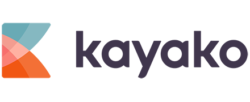 Kayako: Works on many devices, and has solutions and pricing that scale along with the growth of your business.
Kayako: Works on many devices, and has solutions and pricing that scale along with the growth of your business.
 LivePerson: Used by some of the world’s biggest brands, has the ability to add bot and AI (artificial intelligence) functions.
LivePerson: Used by some of the world’s biggest brands, has the ability to add bot and AI (artificial intelligence) functions.
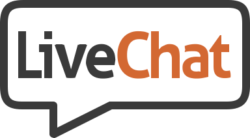 LiveChat: Starts at $16/month and offers a free trial.
LiveChat: Starts at $16/month and offers a free trial.
Want more choices? Check out Capterra’s extensive list of live chat software providers.
Chatbots: Can You Trust Them?
According to Chatbots Magazine (is there any better proof that we are living in the future than that name?), a chatbot is a service, powered by rules and sometimes artificial intelligence, that you interact with via a chat interface.
The service could be any number of things, ranging from functional to fun, and it could live in any major chat product (Facebook Messenger, Slack, Telegram, Text Messages, etc.).
To help wrap your head around the idea of a chatbot, try not to think of it only as intelligence designed to defeat a Turing test. A chatbot doesn’t have to mimic the responses of an actual human to be effective.
Chatbots in Action—An Example
To illustrate what we mean, think about how much you enjoy those automated phone messaging systems: “For our store hours, press 1. For sales, press 2…” and so on. A chatbot is like the text equivalent of that, but it works much faster.
A website visitor can type what they want into the bot’s chat window, and the bot can just produce what they are looking for. For example, if they type “book window cleaning” the bot could forward them directly to the online booking form, or ask any other clarifying questions before proceeding (eg. “It is it a home or a business?”).
The “bot” doesn’t have to appear to be human at all, and can still give the website visitor excellent service in a timely fashion.
Conclusion: Is It Worth It?
If you want to increase your website’s conversion rate, it’s worth it.
It’s also worth it if your sales or booking process requires a certain amount of back-and-forth. For example, moving companies usually have to provide a price quote before a customer will book a move. With live chat, you can spare the customer the time of completing a form in your online booking tool, only to wait for a response from you with an estimate.
Using live chat, you collect that info from the visitor in a more conversational way. You can be building rapport while collecting the info you need to price the job. The time to get the booking can be reduced, and the likelihood of them booking increases considerably.
Remember the stat from above. Visitors who use live chat are 6.3 times more likely to convert than visitors who don’t use chat. The question, then, is not whether live chat is worth it. It’s whether you are leaving money on the table by not offering it.
Try Our Live Chat and Get Answers
Want to give it a try now? Chances are you have already seen our Intercom chat tool pop up in the lower right of your screen now. Have questions about how software with online booking, scheduling, invoicing, payments, and metrics can help your business? Ask them in the chat.
Want to learn more about service business management software can grow your business and profits? Book a free, private demo of Vonigo.


